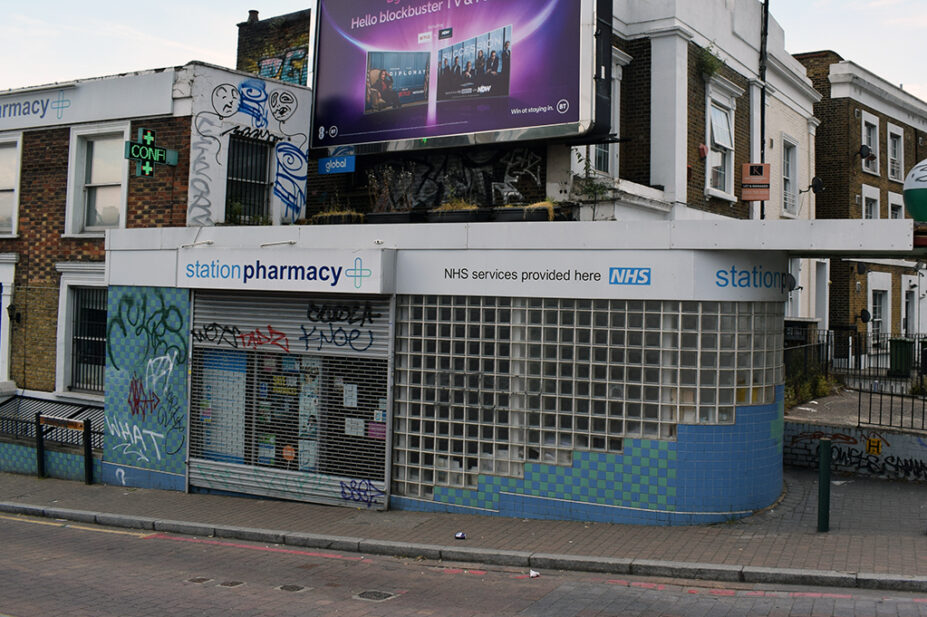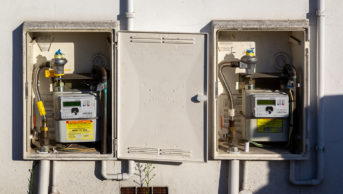
Shutterstock.com
Some 12,009 community pharmacies have been recorded as ‘active’ in NHS Business Services Authority’s (BSA’s) annual data release on ‘General pharmaceutical services in England’ for 2023/2024, which it says owes to an increased number of pharmacy contracts having changed providers within the year.
The dataset previously showed a declining trend in the number of active pharmacies from 11,636 in 2020/2021, to 11,522 in 2021/2022 and 11,414 in 2022/2023.
NHSBSA has confirmed that the increase to 12,009 pharmacies could be attributed to the way it counts community pharmacies and appliance contractors.
In an email sent to The Pharmaceutical Journal on 10 October 2024, the NHSBSA said: “When a pharmacy contract changes providers, it can remain in the same premises but may be given a new organisation code.
“This measure uses the pharmacy organisation code to determine active pharmacies. In 2023/2024, an increased number of pharmacy contracts changed providers compared to previous years. This may inflate the number of active pharmacies in the year compared to the number of pharmacy premises.”
During 2023/2024, LloydsPharmacy — one of the largest multiples on the high street — sold all of its 1,054 branches to other pharmacy owners.
According to the ‘Consolidated pharmaceutical list’ — published quarterly by NHSBSA and contains a list of registered community pharmacies — there were 10,850 community pharmacies at the start of 2023/2024, decreasing to 10,511 community pharmacies as of the end of 2023/2024.
This figure has since fallen further to 10,486 pharmacies as of June 2024.
Commenting on NHSBSA’s analysis of its 2023/2024 figures, which describes the number of pharmacies as “the highest number of active dispensing contractors since 2015/2016”, a spokesperson for the NPA said: “These figures give an incorrect and misleading picture of the shocking fall in pharmacy numbers, which have dropped substantially this year.”
“[The data] include the double counting of pharmacies as well as the inclusion of pharmacies that have shut their doors during the year due to chronic underfunding,” they added.
“[They also] contradict monthly pharmacy numbers published by the NHSBSA, which confirm the network in England to be at its smallest for nearly 20 years.
“Everyone knows the community pharmacy network is at crisis point due to the impact of rising workload pressures coupled with 10 years of government cuts,” the spokesperson said.
Janet Morrison, chief executive of Community Pharmacy England, said: “This apparent anomaly in pharmacy numbers reflects an increased number of pharmacy contracts changing hands during the year in question.
“On all measures, community pharmacies are under extreme financial pressures and closing at a worrying rate.”
The data also show that 1.1 billion prescription items were dispensed by community pharmacies in 2023/2024 — a 3% increase from 2022/2023 when 1.08 billion prescription items were dispensed.
Commenting on this increase, James Davies, director for England at the Royal Pharmaceutical Society, said: “Our evidence to the recent Darzi review highlighted the growing numbers of prescriptions in England and the increased demand on pharmacists and pharmacy teams.
“Pharmacists are crucial to supporting patient care and the best use of medicines, and the government and NHS should reflect on how this is prioritised and funded across the system.”


